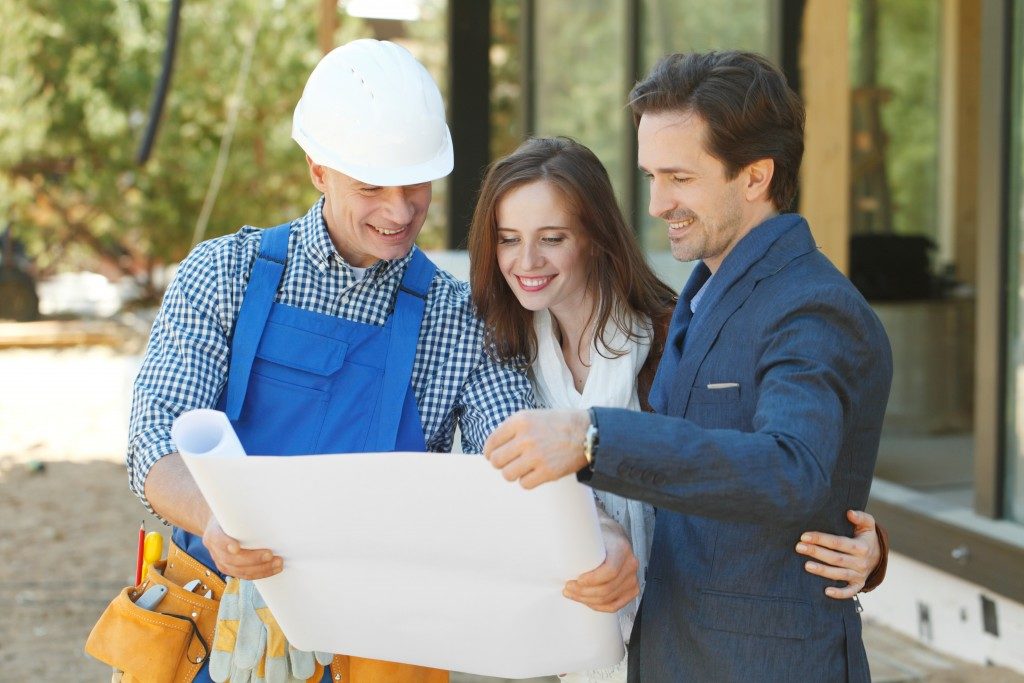In recent years, people have started using sustainable structures to reduce energy consumption and minimize their carbon footprint. This is a positive step given that conventional thought has been that only vehicles and factories affect the environment negatively. Individuals, firms and regulatory agencies globally are doing a lot to not only to safeguard the future but also make the present a little bit bearable.
If you are yet to join these efforts, the time to start is now, anywhere you are, even if you only stay at home. You do not even have to undertake massive home renovations to achieve sustainability. Numerous cost-effective options exist, and experts such as air conditioning repair experts in many American cities like Draper, Utah can give you the advice you need.
What is sustainability?
Home sustainability includes the efficient consumption of energy and water, with the expectation that it will have a lower impact on the environment. Sustainable building design must also take care of waste by-products. The waste should be minimized and recycling enhanced. Here are four principles any homeowner should focus on for a complete and detailed construction of the sustainable home design.
Principle 1: Roof Design
While it might be challenging to describe a sustainable roof even for an architect, we all know that such a roof is capable of both saving energy and producing energy. The potential for any of these will depend on the specific roof design and quality. Often, the most critical aspect is roof material. Professionals recommend a roof that not only cools the home during the night but also reflects sunrays during the day. Some green roofing materials that will promote this outcome are metal, slate and terra cotta. Some homeowners are also trying living roofs, something that you might want to try as well.
Principle 2: Building Materials Selection
The overall choice of materials can make a significant impact on the sustainability level of a building. A lot has been said about using recycled materials, but probably you have never thought about this concept concerning building design. Builders are increasingly turning to recycled materials in the form of wood, plastic and metal (aluminum) with significant dividends. An indication of the seriousness of this approach is the fact that firms for the refurbishment of building materials are growing.
Principle 3: Size of the Structure
As far as building sustainability is concerned, the idea of “bigger is better” does not hold a lot of water. Over the years, the size of homes has increased significantly, yet the number of occupants has fallen. Owing to the stiff competition in the construction industry, contractors have no choice but to resort to building shortcuts. What everyone needs to do is to switch to a smaller home suitable for the number of occupants. Consumerism does not do sustainability campaigns any good because it leads to the consumption of more energy and raw materials.
Principle 4: Renewable Energy
 The sun is free for everyone so homeowners can take advantage of limitless and clean energy for a relatively low overall cost. If your home is in the design or early construction phase, you need to consider options like solar energy seriously. Renewable energy is changing the HVAC industry through geothermal heat pumps, ice-powered air conditioners and many other technologies. Perhaps it is time to ask your air conditioning repair provider for options, as the impact on health, environment and expenses can be valuable.
The sun is free for everyone so homeowners can take advantage of limitless and clean energy for a relatively low overall cost. If your home is in the design or early construction phase, you need to consider options like solar energy seriously. Renewable energy is changing the HVAC industry through geothermal heat pumps, ice-powered air conditioners and many other technologies. Perhaps it is time to ask your air conditioning repair provider for options, as the impact on health, environment and expenses can be valuable.
These concepts are just a few of the many options that a sustainable design mindset presents. Of course, some call for restraint, but soon after implementation, you will start enjoying benefits that will last for a long time.





